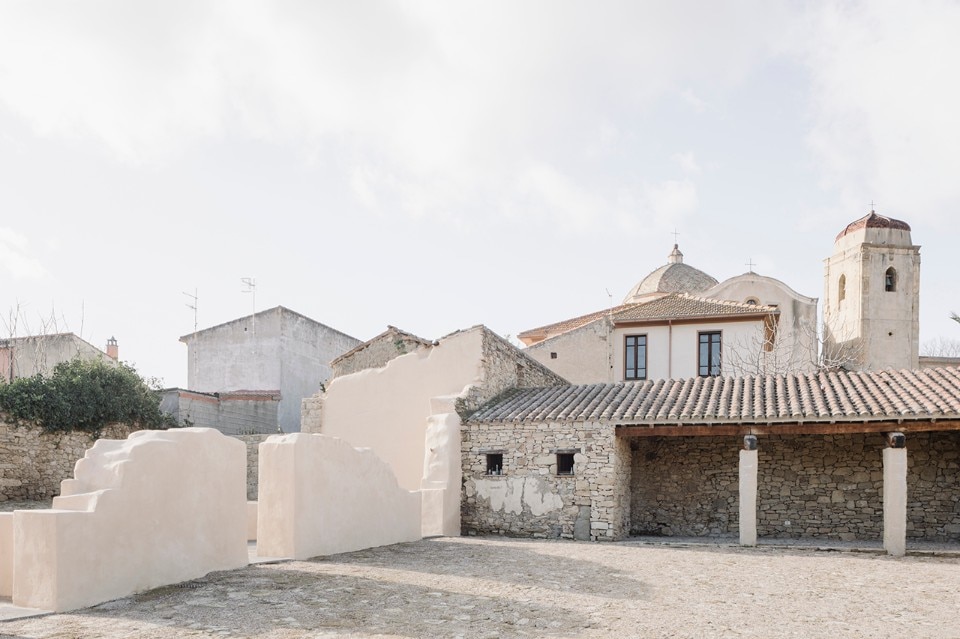In Simala, a small town in Sardinia, Martino Picchedda’s studio has transformed an old ruin into a new public place. What was once a house thus opens up to the outdoors, the thicket of plants that haunted the abandoned place lets the stone pavement and wall fragments describe a new idea of space, and what was once an entrance archway lets the area and its renewed identity be accessed from the street.
The transformation of an abandoned ruin in Sardinia, from unkept bushes to public space
Taking inspiration from Alberto Burri, the square designed by Martino Picchedda's studio rethinks the interior of a ruined building, preserving and reinterpreting the void and the ground.
Photo Cédric Dasesson
Photo Cédric Dasesson
Photo Cédric Dasesson
Photo Cédric Dasesson
Photo Cédric Dasesson
Photo Cédric Dasesson
Photo Cédric Dasesson
Photo Cédric Dasesson
Photo Cédric Dasesson
Photo Cédric Dasesson
Photo Cédric Dasesson
Photo Cédric Dasesson
Photo Cédric Dasesson
Photo Cédric Dasesson
Photo Cédric Dasesson
View Article details
- Kevin Santus
- 06 March 2024
- Simala (Sardinia), Italy
- Martino Picchedda
- 500 sqm
- Public space
- 2024
Inspired by Piranesi’s drawings and Burri’s land art, Picchedda transforms the remaining walls into a scenographic backdrop to the public space. The ground instead becomes a tangle of stone textures, recalling the layout methods of the past, with the typical “impedrau” and “tellas” floors, working on different degrees of permeability, and reusing some old elements found on site. The traditional architecture of the Sardinian built context reverberates within the new intervention; the walls cleared from vegetation have been treated and plastered with a layer of lime, so as to protect the vertical elements.

The simplicity of the space thus finds the identity of the country’s rural culture, in an operation capable of bringing the collective memory of the place to life. The minimal signs, therefore, draw on the poetics of simplicity, on the materials that weave a story of continuity with the built environment and traditional techniques in a project that protects the ruin and gives value to the area.